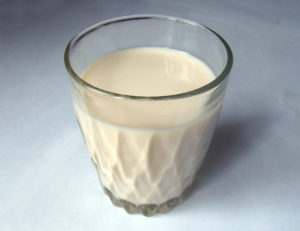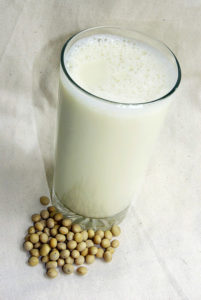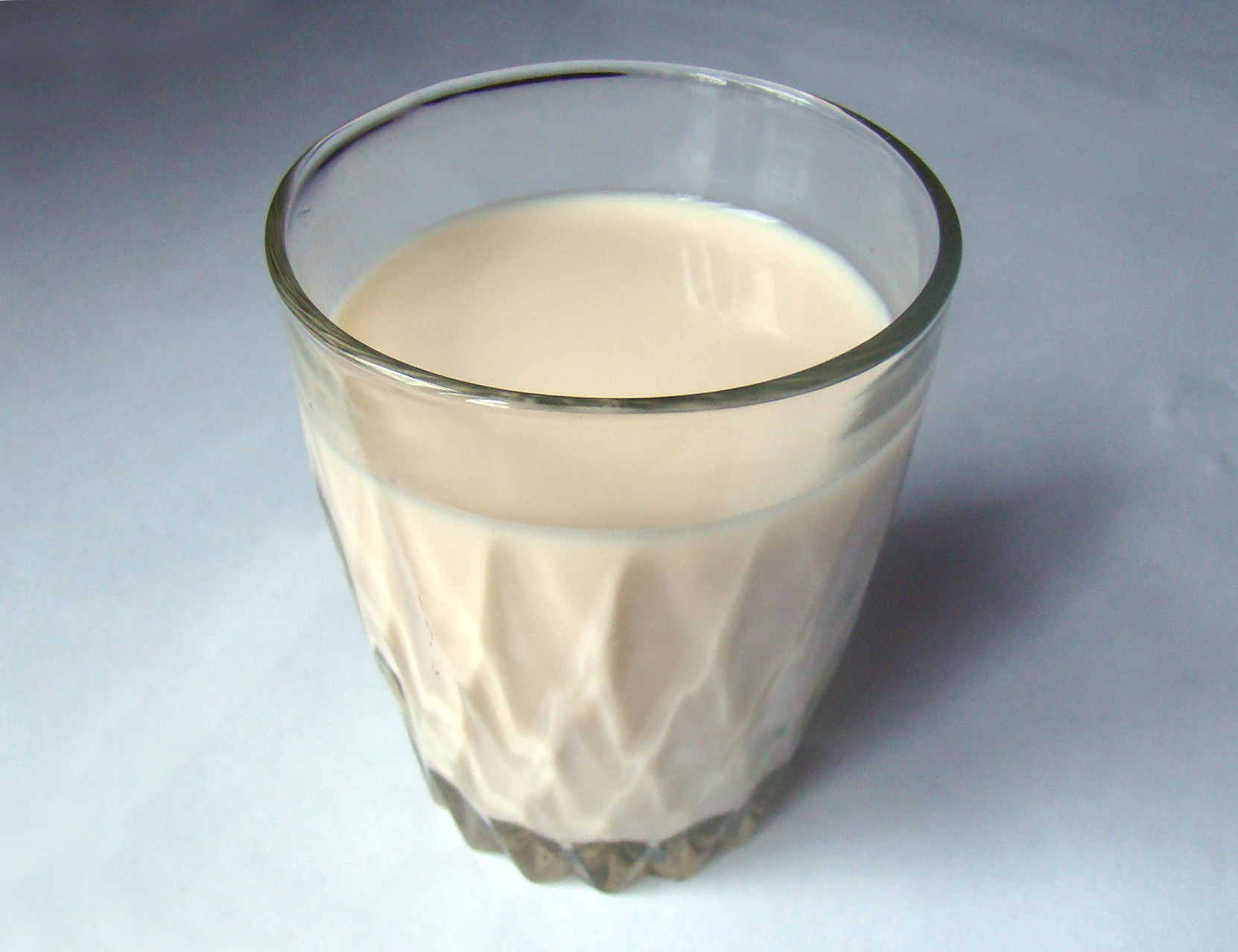
Photo courtesy of wikipedia.org.
Milk: the classic drink from our childhood is now available in countless different forms, but is it still as important as our parents made it out to be? Sort of. Which kind is the best to drink? That depends on many different factors.
Milk is not necessary for adults, but it can be a way to get protein and calcium if you like to drink it. Remember that milk has calories and nutrients and therefore should be treated as a type of food itself, not a drink you have with anything like water.
With so many varieties and options; it is beneficial to know whether or not you should drink milk and what kind is best for you. We start drinking milk as children to replace breast milk and get a good source of protein, calcium and, thanks to fortification, vitamin D. Those are all things that are still good for us now too, but may not be in every “milk” you see.
The only true milk is one that comes from an animal, such as cow’s milk. When looking at cow’s milk, your basic options are 1 percent, 2 percent, skim or whole. These names refer solely to the fat content, which has an effect on calorie content as well. Skim milk has no fat and sits at about 80 calories per cup. Whole milk is on the other end of the spectrum at around 150 calories and 8 grams of fat.
Although fat is completely necessary to a well balanced diet, milk does not provide the good kind, but instead has a lot of saturated fat. This is okay to have some of, but should be less than 10 percent of your total calories for the day, meaning you should try to keep your intake as low as possible. The protein and calcium content stays the same no matter what the fat content is, with each cup of milk giving you 8 grams of protein and about 30 percent of your daily calcium requirement (based on a 2,000 calorie diet). Because the good parts do not change regardless of the fat, go for the skim or 1 percent milk when choosing cow’s milk.
Other types of “milk” such as soy milk simply share the same name, but are not actually milk. They are a drink designed to resemble milk nutritionally, through taste or through ways it can be used. Soy milk can be a good complete nutritional option for someone watching their animal product intake, but it becomes important to look at ingredient lists to determine which kinds are full of additives and which are mostly soy.
The other nutrients found in soy milk that are comparable to cow’s milk, such as calcium or vitamin D, come from fortification. This means adding something to a food that was not there originally. Plain, original soy milk has 8 grams of protein per cup, just like cow’s milk, and is also similar calorie-wise with 110 calories per cup.
Some soy milks are fortified with even more calcium than regular milk, along with other micronutrients (nutrients you need in small amounts) such as riboflavin, vitamin B-12 and phosphorous. If you are vegan, look for soy milk that is fortified with vitamin B-12 to make up for the lack of B-12 vitamin from your food sources. Unflavored, original soy milks tend to be the lowest in ingredients and added sugars, making them a good alternative to cow’s milk. If you try a vanilla or chocolate variety just take a look at the ingredients to make sure sugar is not in the first few listed.

Photo courtesy of wikipedia.org
Almond or other nut milks are, again, simply drinks created from nuts that are made to resemble cow’s milk. When it comes to almond milks, they tend to resemble milk most in the ways it can be used. For example, replacing milk in your cereal or in a baking recipe with almond milk will give you pretty much the same effect, although you might be able to taste the difference.
Nutritionally, almond milk is much less comparable to cow’s milk than soy. Like soy milk, original flavors tend to be the lowest in ingredients and sugar. Find an unsweetened option and the calories will be reduced even more. One cup of unsweetened almond milk has only 30 calories, but also only has 1 gram of protein. Due to the low calorie content along with a low nutrient content, almond milk is probably your best bet when baking, as it is a good way to lower the calories without affecting anything else, like texture. If you are looking for something to drink, stick to skim cow’s milk or soy milk to give you the important nutrients you are looking for.
If you have a sweet tooth and want your milk exactly as you had it when you were young, you may enjoy chocolate milk the best. If you are adding in syrups yourself, watch out for too many additives such as artificial coloring and flavoring. Adding cocoa powder on its own can give you an authentic chocolate taste without the added chemicals.
If you are looking for a brand of chocolate milk, sugar becomes your biggest concern. Try to find one with around 10 grams, which is comparable to regular milk and means that not too much sugar is added. If you have a type of chocolate milk that you know is full of sugar, treat it as an occasional dessert instead of an everyday drink.



